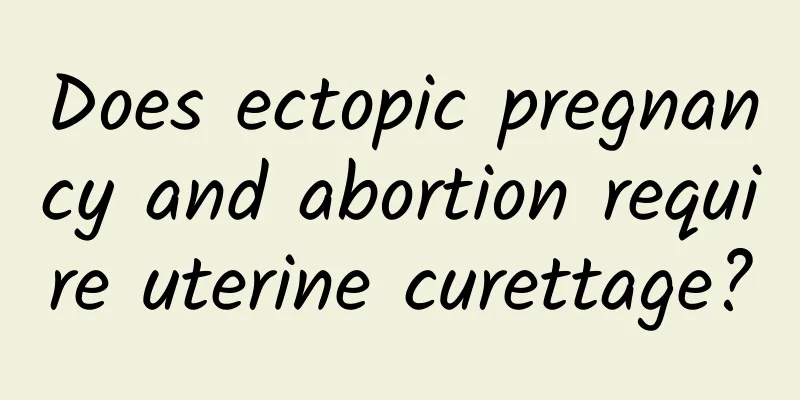How to treat endometrial tuberculosis?

|
The factors that lead to endometrial tuberculosis in women are relatively complex, but when treating, it must be treated according to its cause. This is a scientific treatment method, and the choice of treatment method is also very important. For different conditions, different physical conditions, etc., the appropriate treatment method will also be different. The following is an introduction to the common treatment methods for endometrial tuberculosis: 1. Surgical treatment: Surgery is the main method for treating endometrial tuberculosis, because the scope and nature of the lesion can be basically determined under direct vision, and it is effective in relieving pain and promoting reproductive function. Surgery can be divided into open surgery and laparoscopic minimally invasive surgery. If necessary, combined laparoscopic and hysteroscopy can be performed. (1) Laparotomy for endometrial tuberculosis: This surgical method is mostly used for endometrial tuberculosis combined with adenomyosis or a history of multiple surgeries, and for patients with severe pelvic adhesions. Laparotomy can carefully separate the adhesions, more thoroughly remove the lesions, and satisfactorily suture the wound (which is beneficial for future pregnancy). The hospital stay after surgery is 3 days longer than that of laparoscopic surgery, and the sutures on the abdominal wall wound do not need to be removed. (2) Laparoscopic surgery for endometrial tuberculosis: This surgery is mostly used to treat endometrial tuberculosis combined with ovarian chocolate cysts, or for those with mild adhesions, such as those who want to have children and open the fallopian tubes at the same time. The surgical incision is small and the recovery is relatively fast. 2. Conservative treatment: Based on the different clinical symptoms of patients with endometrial tuberculosis, combined with reasonable examinations and medication, but many years of clinical data show that conservative treatment is not effective, and most patients still need surgical treatment in the end. Generally speaking, conservative treatment is not recommended. For a highly harmful disease like endometrial tuberculosis, the limitations of conservative treatment are very obvious. Not only is there no obvious effect in treatment, but even after being cured, the damage to the body is relatively large. Therefore, you should also be careful when choosing a treatment method. |
<<: How to treat endometrial tuberculosis to get better quickly
>>: Recommended treatments for endometrial tuberculosis
Recommend
Men's bravery depends on 4 things: eating zucchini and oysters will prevent fatigue
On the eve of Valentine's Day, men and women ...
Eat slimming products! 3 lotus root recipes to lose fat
[Key points]: Lotus root has a low glycemic index...
Choosing a good hospital for abortion
Pregnancy is a very happy thing for every woman. ...
How to treat chronic cervicitis with condylomata-like changes? It is recommended to treat chronic cervicitis in this way
The harm of cervicitis to women cannot be underes...
How can patients with adnexitis prevent it in their daily life?
When it comes to the prevention of adnexitis, the...
Expert introduction: Self-massage method for treating irregular menstruation
Self-massage is a very effective method for treat...
The occurrence of pelvic inflammatory disease has an impact on women in all aspects
Pelvic inflammatory disease is a female gynecolog...
Two main causes of ectopic pregnancy
The harm caused by ectopic pregnancy to female fr...
Compare weight loss surgeries and evaluate carefully to enjoy health (Part 2)
Exercise can strengthen the body's muscles an...
Comprehensive understanding of the symptoms of vulvar leukoplakia
There are many medical names for vulvar leukoplak...
Lazy weight loss method! Rock bath detoxification and weight loss
Bedrock bathing was introduced to Taiwan from Jap...
What are the specific transmission routes of endometrial tuberculosis?
What are the specific transmission routes of endo...
What can I eat if I have uterine fibroids?
What to eat for uterine fibroids? 1. Fruit Eating...
Analyze the cause of dysmenorrhea: cold condensation in the cells
Traditional Chinese medicine believes that coldne...
What are the benefits of foot bathing for the uterus? Promote blood circulation
Persisting in foot soaking is very beneficial to ...









